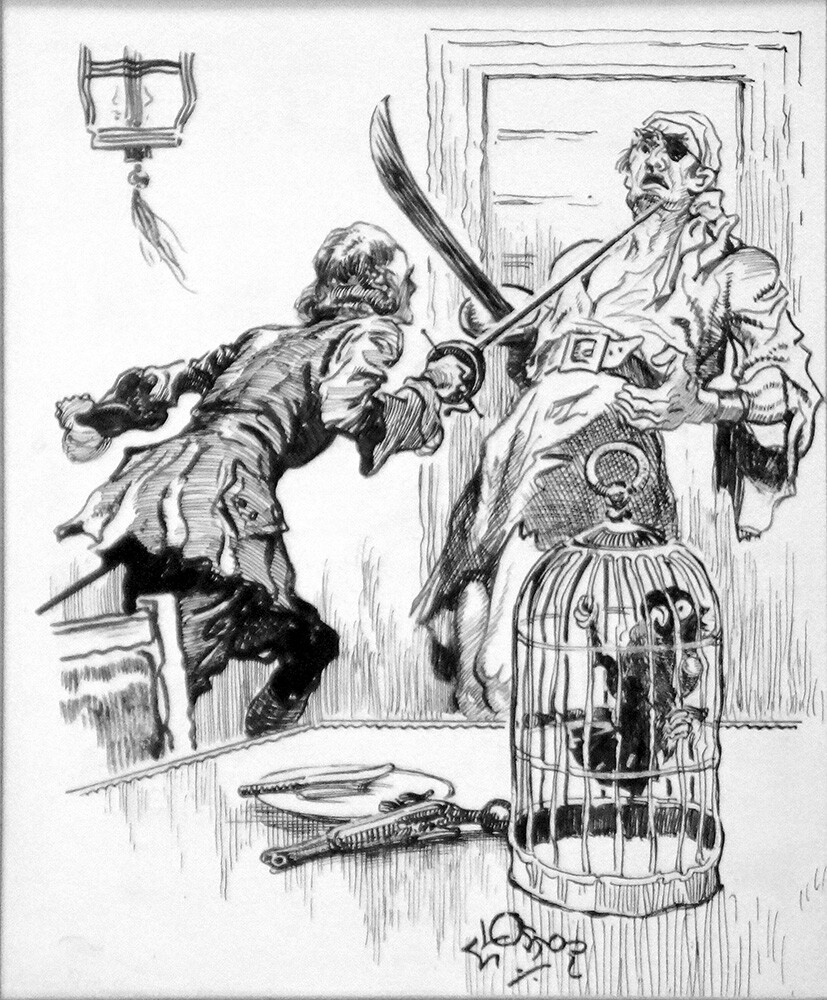Classical pirates are known for their extensive accessorizing. Yet one accessory stands above all the rest (literally): the parrot that’s almost always on a stereotypical pirate’s shoulder. In fact, if you put on a pirate flick, the smart money is on a parrot squawking the phrase “dead men tell no tales” at least once during the runtime.
But did that many pirates actually own parrots, and if so, why? Even in modern times, I feel like having a bird for a pet is less than calming. Cabin fever plus a small feathered creature shrieking broken English doesn’t seem like something I’d seek out. I was honestly of the belief that parrots had been plopped on pirate shoulders more as a plot device than any attempt at historical accuracy, a way for an author writing a tale about the high seas to accidentally give out the password to a pirate’s hideout (that damn parrot!).
I was very much wrong, though. According to Atlas Obscura, reputable pirate experts all pretty much agree that parrots were part of the deal. Again, why parrots? The answer is pretty straightforward: As many a grizzled sailor has uttered, the sea is a lonely place. Pirates wanted companionship. And, of course, when it comes to pets, the pirate life is not for all of them. Big pets were pretty much immediately out the window (though the Navy was fond of goats), and whatever pet ended up onboard couldn’t cut heavily into the food stores.
Don’t Miss
Cats then were a common passenger, but so were birds. They were entertaining, and the nuts and seeds they ate were a lot more easily stored than carnivorous options.
As for why parrots specifically, over other birds? Well, here’s where the pirate’s love for treasure and flair comes in: They were expensive, and they looked cool.

